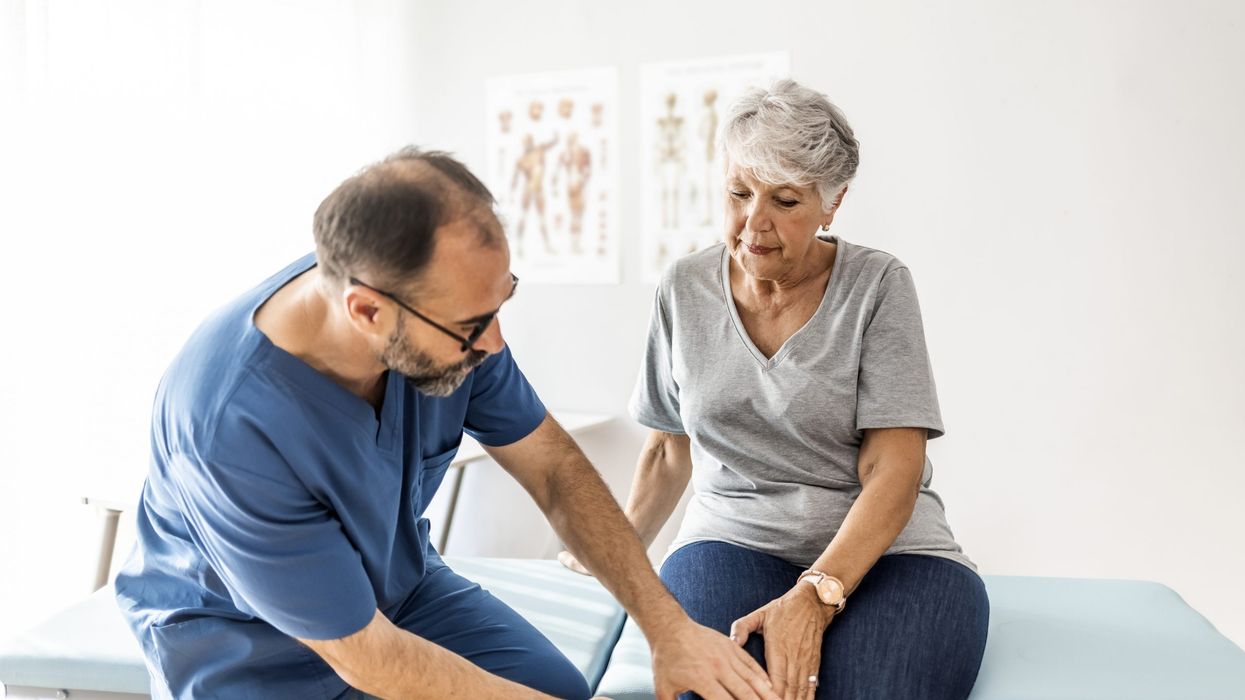According to research published in The Lancet Rheumatology journal, by 2050, approximately one billion individuals worldwide could be grappling with joint-affecting osteoarthritis.
Presently, a study examining 30 years of osteoarthritis data (1990-2020) from over 200 countries reveals that 15 per cent of the global population aged 30 years or older experience osteoarthritis.
In 2020, 595 million people were found to be affected by osteoarthritis, a 132 per cent increase from 256 million people in 1990, the study led by the Institute for Health Metrics and Evaluation (IHME), Washington, US, as part of the Global Burden of Disease Study 2021 said.
The study attributed the rapid increase in the osteoarthritis cases mainly to aging, population growth and obesity.
"With the key drivers of people living longer and a growing world population, we need to anticipate stress on health systems in most countries," said Jaimie Steinmetz, the study's corresponding author and lead research scientist at the Institute for Health Metrics and Evaluation (IHME).
Obesity or high body mass index (BMI) was an important risk factor for osteoarthritis, the study results showed, and that it played a greater role over time as rates of obesity had increased.
In 1990, the first year of the study, obesity was found to be responsible for 16 per cent of the disability due to osteoarthritis, which had risen to 20 per cent in the year 2020.
The global osteoarthritis burden could be reduced by an estimated 20 per cent, if obesity was effectively addressed in the population, the study said.
"The role that physical inactivity plays in obesity and pain associated with osteoarthritis can have opposite and unintended negative cycles.
"For example, being physically active can prevent injuries earlier in life and can even be beneficial for someone with joint pain. It's counterintuitive, but having joint pain doesn't mean we should remain sedentary," said Liane Ong, lead research scientist at IHME, who supervised and co-authoured the study.
Osteoarthritis was found to most commonly affect the knees and the hips, which the study projects to also be the most affected by 2050.
Women more than men are expected to grapple with this condition, the study said.
In 2020, 61 per cent of osteoarthritis cases were in women versus 39 per cent in men. There is a combination of possible reasons behind this gender difference.
"The reasons for gender differences in osteoarthritis prevalence are being investigated, but researchers believe that genetics, hormonal factors, and anatomical differences play a role," said Jacek Kopek, the study's senior author and professor in the School of Population and Public Health at the University of British Columbia, Canada.
With no effective cure for osteoarthritis right now, prevention and early intervention strategies required critical focus, including making expensive, effective treatments like joint replacements more affordable in low- and middle-income countries, the authors said.
Health care systems and governments have an opportunity to engage and participate in identifying vulnerable populations, addressing drivers of obesity, and developing management strategies to prevent or slow down the progression of osteoarthritis, they said.
(PTI)












